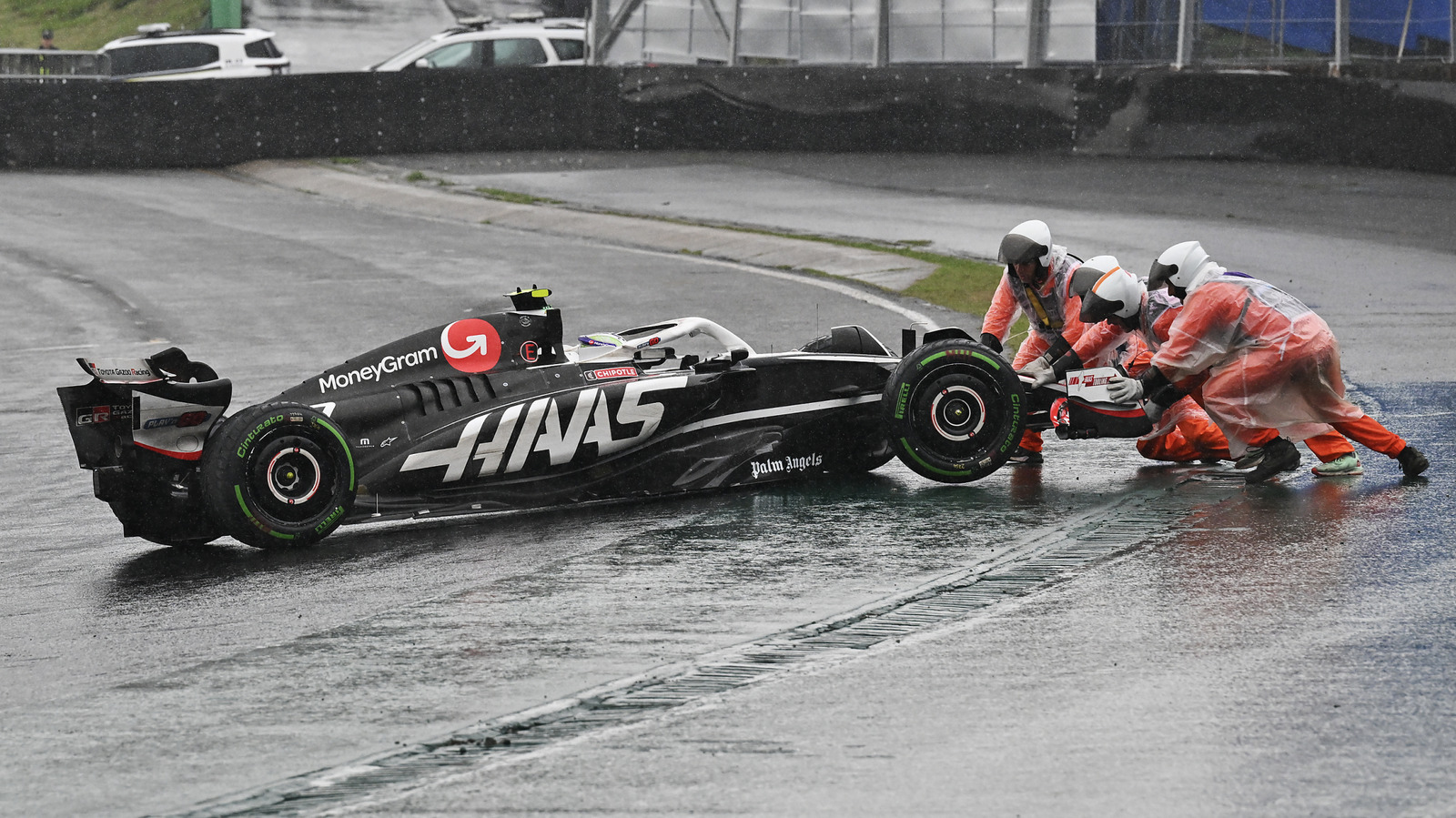Can Formula 1 Cars Really Go in Reverse?
If you’ve ever watched a Formula 1 race, you might wonder: can those lightning-fast cars actually back up? The answer is yes—every F1 car is equipped with a reverse gear. But here’s the twist: you’ll almost never see a driver use it during a race. Let’s dig into why that is, and what makes reversing in an F1 car such a rare sight.
Why Do F1 Cars Even Have a Reverse Gear?
It’s not just for show. The FIA, which governs Formula 1, requires all cars to have a functioning reverse gear. This rule is mostly about safety. Imagine a car spinning out and ending up nose-first against a barrier. Without a reverse gear, marshals would have to run onto the track to help, putting everyone at risk. So, the reverse gear is there as a last resort—think of it as an emergency exit, not something drivers use for tactical maneuvers.
What Makes Reversing an F1 Car So Awkward?
Here’s where things get interesting. F1 cars are engineered for speed, not for parallel parking. The seating position is almost horizontal, with drivers’ legs stretched out in front of them. Rear visibility? Practically nonexistent. There’s no rear window, and the side mirrors are tiny, designed more for checking on rivals than for backing up safely.
The gearbox itself is another hurdle. F1 transmissions are highly specialized, with seamless shift technology and paddle shifters. Engaging reverse isn’t as simple as flicking a switch. Drivers usually have to come to a complete stop, press a specific button or lever, and then carefully ease the car backward. The steering is ultra-sensitive, and the clutch is unforgiving. One wrong move, and you’re stalling in front of millions of viewers.
Are There Any Famous Moments When Drivers Used Reverse?
While rare, there have been some memorable incidents. Take the 2011 Hungarian Grand Prix: Lewis Hamilton spun out in wet conditions and had to reverse back onto the track. The maneuver looked clumsy, but it got him out of trouble. Another example is Michael Schumacher at the 1997 European Grand Prix, who reversed after a collision, though it didn’t change his fortunes that day.
These moments are exceptions, not the rule. Most drivers avoid reverse unless absolutely necessary, since it’s risky and can damage the gearbox if not done carefully.
How Does the Reverse Gear Differ from Regular Cars?
In a typical road car, reverse is just another gear, designed for frequent use. In F1, the reverse gear is deliberately made less robust. It’s lighter, smaller, and not intended for sustained driving. The focus is on shaving every possible gram from the car’s weight, so the reverse gear is only strong enough for a quick escape—not for backing up down the pit lane.
According to technical data from recent F1 seasons, the reverse gear ratio is extremely short, meaning the car moves very slowly—often less than 10 mph. That’s a crawl compared to the 200+ mph speeds these machines hit going forward.
What Do Drivers Say About Using Reverse?
Most drivers would rather not talk about it. In interviews, several have admitted they dread the idea of reversing during a race. The combination of poor visibility, tricky controls, and the pressure of the moment makes it a nerve-wracking experience. Some even practice reversing during preseason testing, just in case, but it’s hardly a skill anyone wants to showcase on race day.
Is There Any Strategy Involving Reverse Gear?
Not really. Teams and drivers plan for every imaginable scenario, but using reverse is almost never part of the strategy. If a car gets stuck, the priority is to get moving again as quickly and safely as possible. Sometimes, marshals will help push a car out of trouble, but if the engine is still running, the driver is expected to use reverse to clear the track.
What’s the Big Takeaway for F1 Fans?
Reverse gear in Formula 1 is a bit like a fire extinguisher—essential, but you hope you never have to use it. The big takeaway? F1 isn’t about perfection—it’s about smarter adjustments. Start with one change this week, and you’ll likely spot the difference by month’s end. Whether it’s a new perspective on racing or a fresh approach to problem-solving, sometimes the best move is knowing when—and how—to back up, even if you rarely need to.


